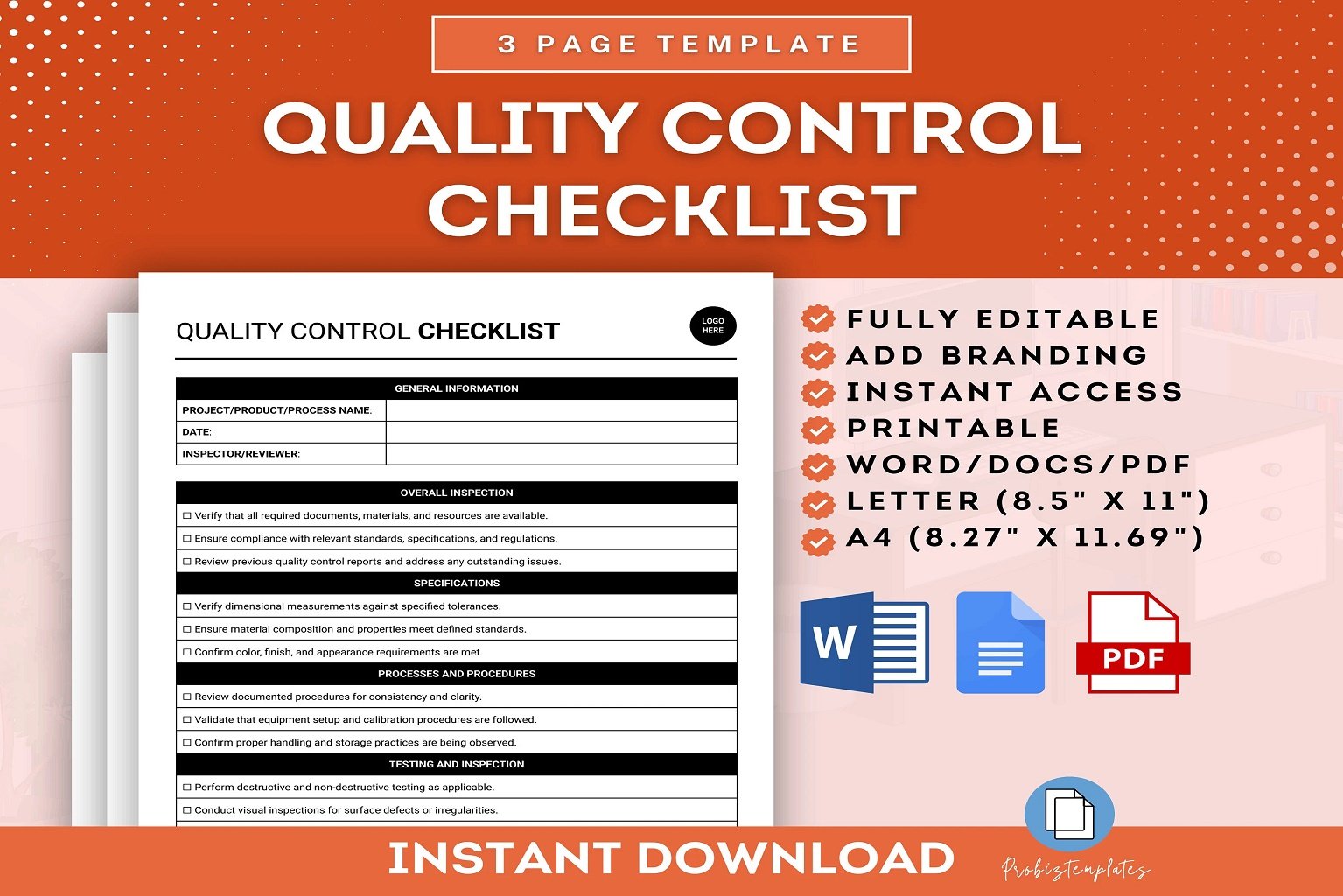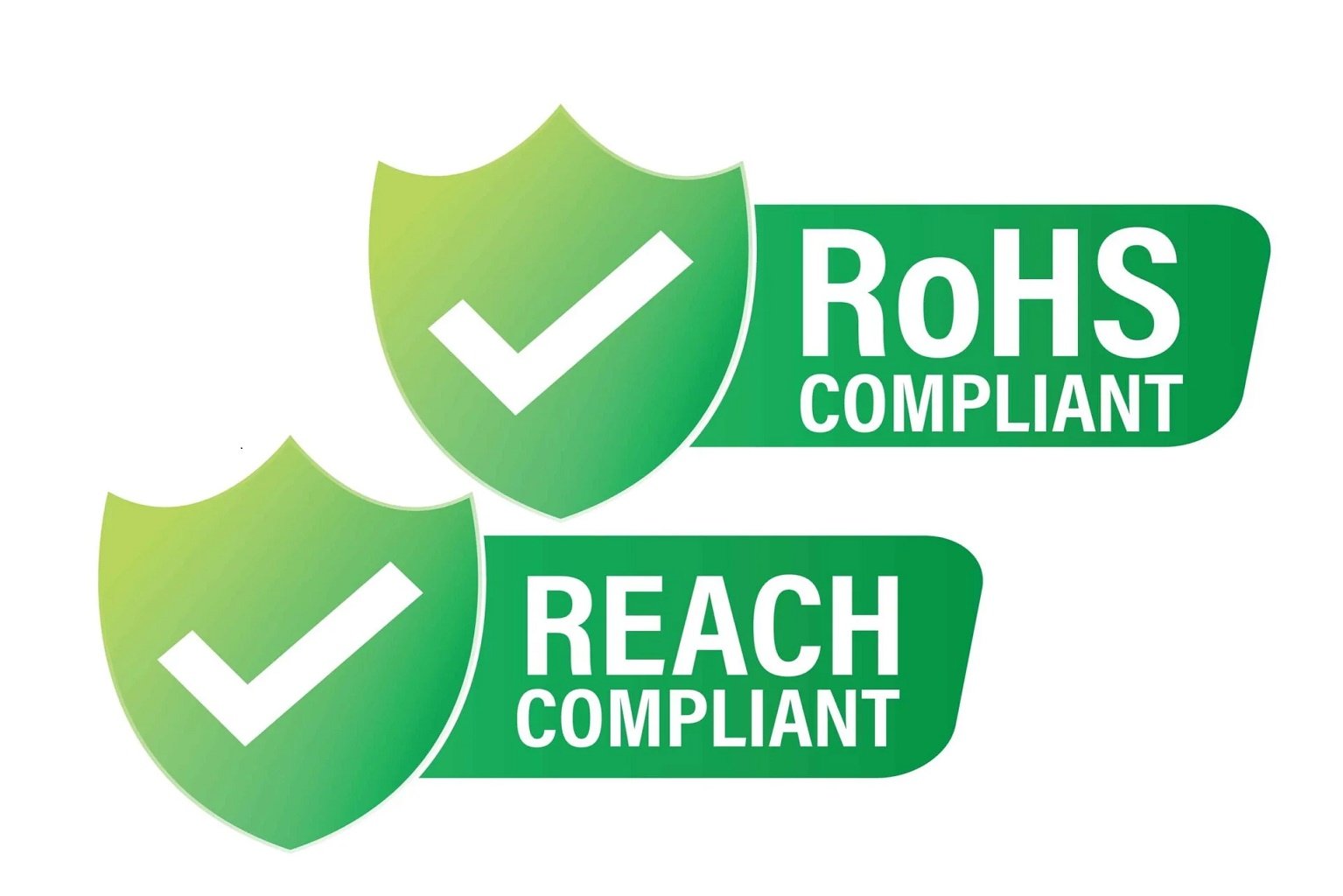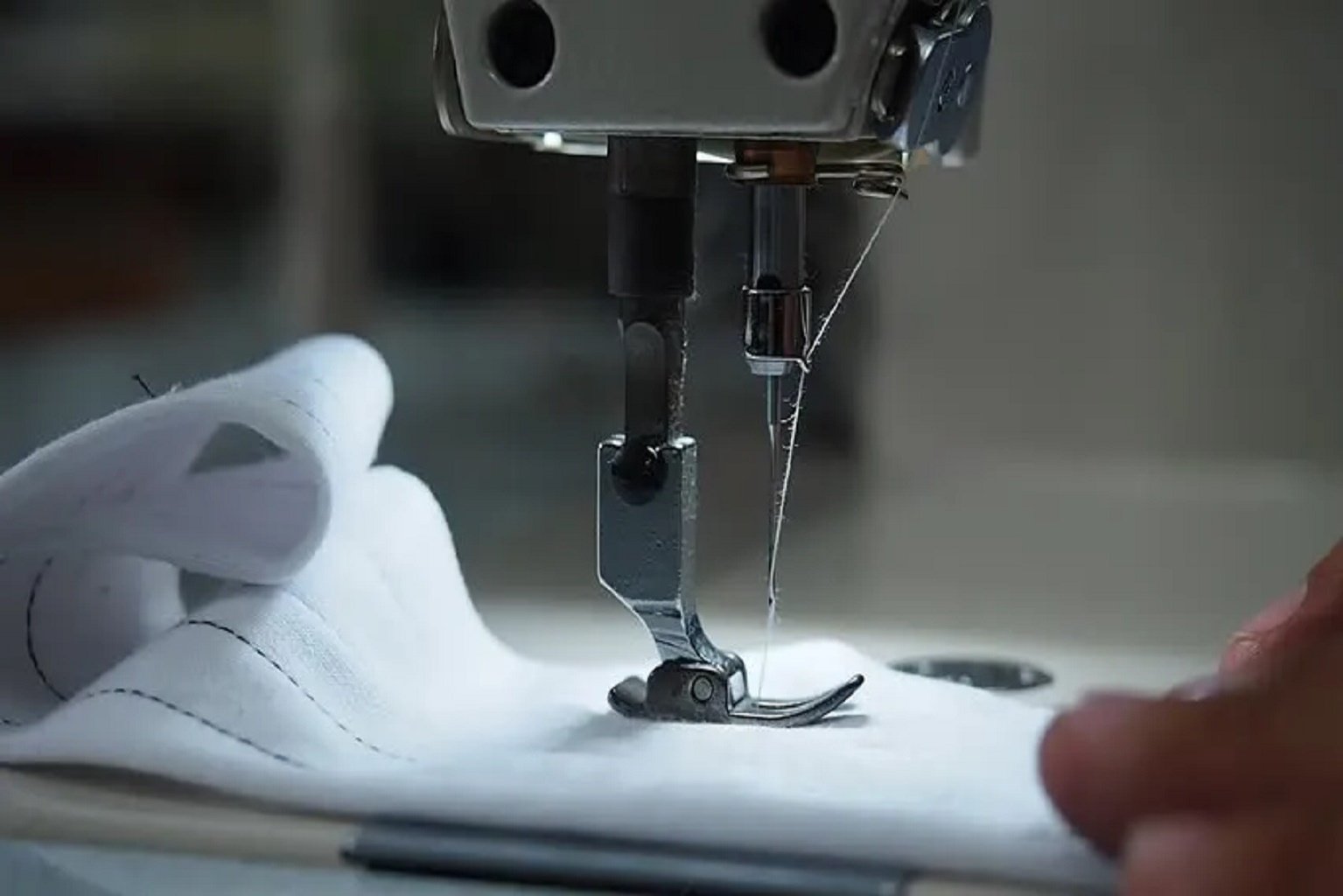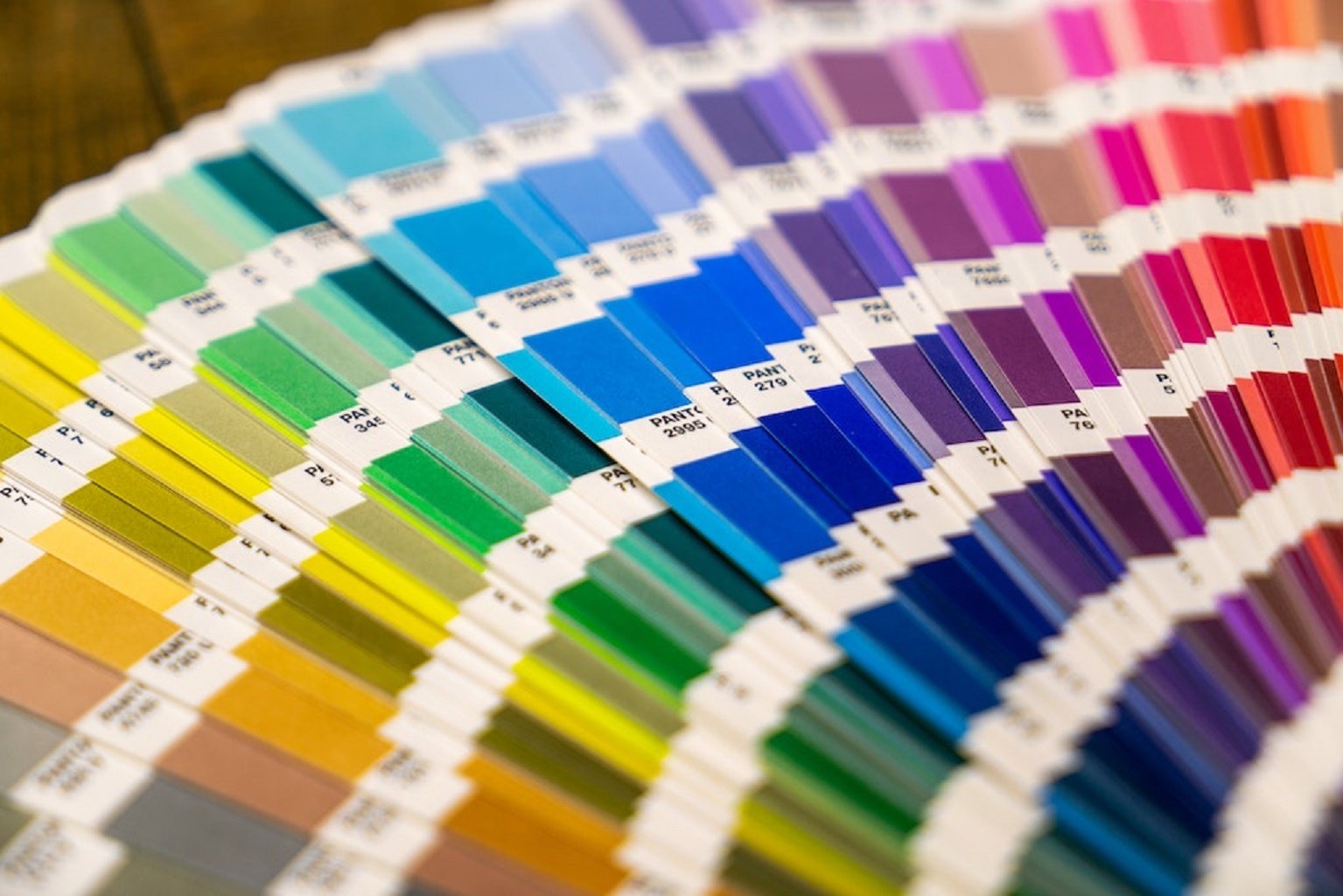Worried about getting a batch of bad slippers? Don’t let poor quality ruin your brand’s reputation.
Before plastic slippers leave the factory, thorough checks for material, construction, and appearance are essential. These checks ensure durability and meet customer expectations.

It’s easy to think everything is fine. But without proper checks, you risk problems later. So, how do we ensure every slipper is up to standard?
Is the Material Safe and Durable?
Are you sure the plastic in your slippers is safe for customers? Is it going to last?
Before shipping, check plastic slipper materials for safety (like CE, RoHS, REACH standards) and durability. Confirm they can handle normal wear and tear and are free from harmful chemicals.

When it comes to plastic slippers, the type of material used really matters. For EVA slippers, we look at the density and flexibility of the EVA foam. A higher density generally means better durability and support. We also check for consistent color throughout the material batch. If we’re using recycled materials, we have to ensure they meet our standards for cleanliness and structural integrity. We need to verify that the raw materials are tested and certified according to international standards like CE, RoHS, and REACH. This often involves getting test reports from our material suppliers and doing spot checks in our own lab. If the materials aren’t tested properly, the customer’s health and safety can not be ensured. To make it more structured, we can check it with the table below:
| Inspection Item | Description |
|---|---|
| Material Density | Measures the compactness of the EVA foam; higher density usually means better durability. |
| Flexibility & Elasticity | Checks how well the material bends and returns to its original shape without breaking. |
| Color Consistency | Ensures that the color is uniform throughout the entire batch of material; no discoloration. |
| Chemical Compliance | Confirms that the materials meet safety standards like CE, RoHS, and REACH, and are free from harmful substances. |
| Recycled Content | Verifies the percentage of recycled materials used and ensures they meet the required quality and safety standards. |
Are the Slippers Put Together Correctly?
Can the slippers handle everyday use? Will the straps stay attached?
Slipper construction should be inspected for secure attachments and proper seams. Check for even stitching and strong adhesion between parts. This ensures the slippers won’t fall apart.

When inspecting the construction of slippers, there are several key areas we focus on. First, we look at the stitching. Are the stitches even, tight, and secure? Are there any loose threads that could unravel over time? Then, we examine the adhesion between the sole and the upper part of the slipper. Is it a clean, strong bond, or are there gaps or weak spots? We also check the attachment of any straps or decorative elements. Are they firmly attached, and can they withstand pulling and stretching without coming loose? It is very important to ensure that the size and style requested by the customer is the same as the factory’s mass-produced finished products. For example, for slippers produced in European sizes, it is necessary to clearly confirm whether the factory is produced according to the European size standard system, or whether the factory’s internal control size is used as the unified standard. Here is a table to make our points more clearly:
| Inspection Item | Description |
|---|---|
| Stitching Quality | Checks for even, tight stitches without loose threads; ensures seams are secure and durable. |
| Adhesion Strength | Tests the strength of the bond between the sole and upper part of the slipper to prevent separation. |
| Attachment Security | Verifies that straps and decorative elements are firmly attached and can withstand normal wear and tear. |
| Size Consistency | Checks to ensure the size is right and up to the standard that the customer has requested, as well as whether the factory’s product meets the request size. |
Do the Slippers Look Good?
Are there any obvious flaws? Will customers be happy with the appearance?
Inspect the slippers for visual defects like scratches, color mismatches, and uneven surfaces. Ensure logos and designs are correctly placed. This helps make sure customers receive slippers that look great.

Appearance is crucial. We have a detailed checklist for visual defects. Scratches, scuffs, or marks on the surface of the slipper are unacceptable. We also check for color consistency between different parts of the slipper, especially if multiple materials or colors are used. Are there any noticeable differences in shade or tone? If the slipper has a printed logo or design, we make sure it’s accurately placed, correctly sized, and clearly printed. Any smudging, blurring, or misalignment is a no-go. We also look for any uneven surfaces or textures. Are there bumps, ridges, or indentations that could affect the slipper’s comfort or appearance?
| Inspection Item | Description |
|---|---|
| Surface Defects | Checks for scratches, scuffs, marks, or other blemishes on the surface of the slipper. |
| Color Consistency | Ensures that the colors match correctly between different parts of the slipper. |
| Logo/Design Accuracy | Verifies that logos and designs are correctly placed, sized, and printed without smudging or misalignment. |
| Surface Evenness | Checks for uneven surfaces, bumps, ridges, or indentations that could affect the slipper’s comfort or appearance. |
Conclusion
Quality checks before shipping prevent issues. This protects your brand and keeps customers happy.

